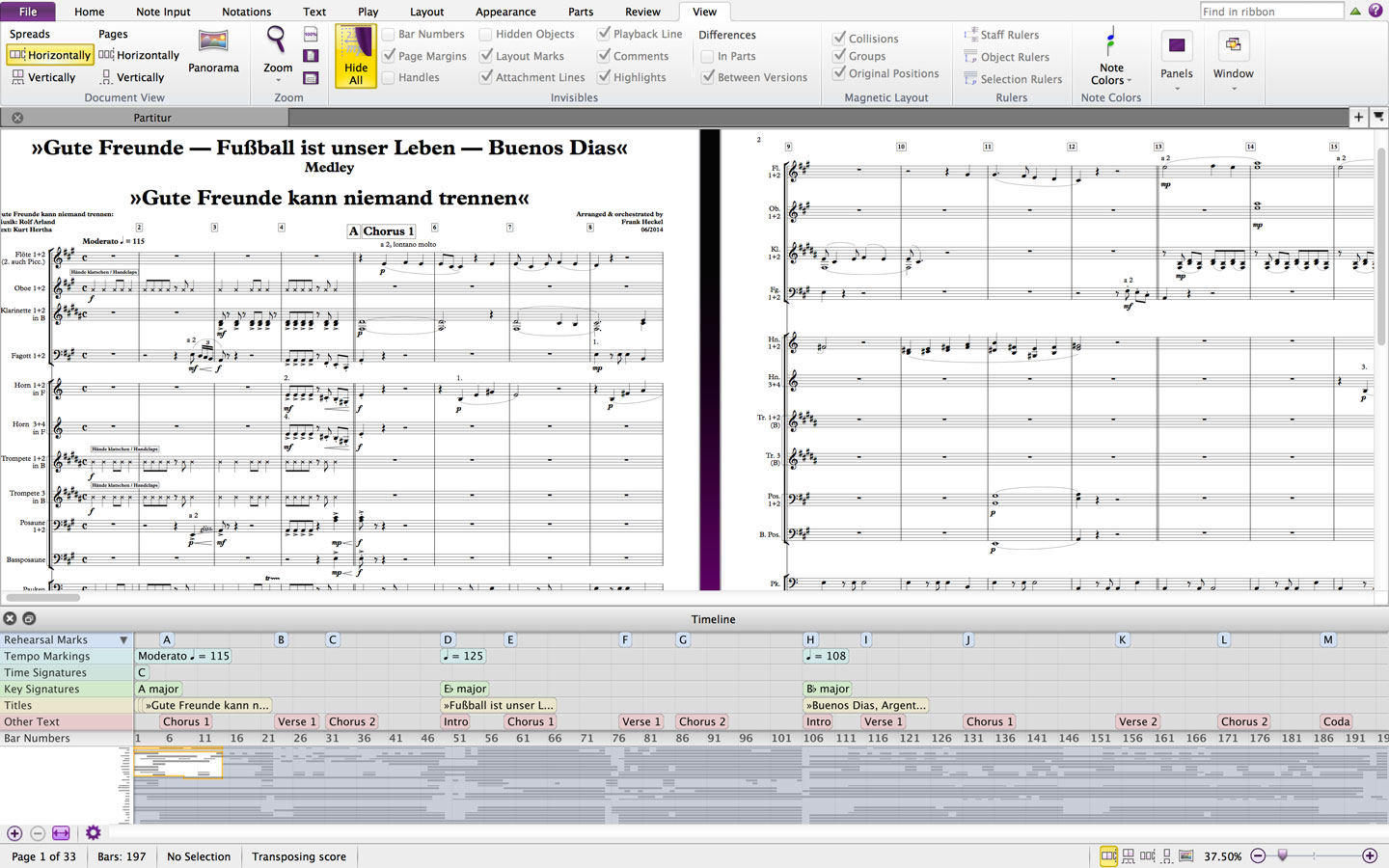

Sibelius does not factor Symbols into its note spacing rules, either.įinally, these static tie symbol widths are fixed there is no way to control their length (symbols cannot be edited individually). If you later change the pitch, or add notes to the chord, the Symbol has to be repositioned vertically. First of all, Symbols in Sibelius do not attach to notes. These symbols look like short ties that can be placed next to the notehead:

Sibelius’ built in solution is to use non-functional Symbols for laissez vibrer (l.v.), which are included in the Create->Symbols dialogue in Sibelius 6 or the Notations tab in Sibelius 7.

For instance, in the example below the second triangle hit will not sound: With no ‘note-off’ message (because of the tie), subsequent notes might not play. In addition, if the note was at the end of a bar, the tie extends into the following bar, or the following system if at the end of a system:Īlso, this caused some playback issues when using certain VST’s. The result is not particularly elegant, though, as the tie is way too long. When creating these in Sibelius, however, I ran into some caveats. My first instinct was to simply hide any rests that followed the tie.
SIBELIUS FIRST LIMITATIONS SERIES
Instead of writing out a series of notes or chords together for what might be a long duration, the player is simply instructed, via a tie and the abbreviated ‘l.v.’ text, to let the note(s) ring out for as long as they would sound. indications such as the one pictured above, are common notation practice. Laissez vibrer allow to sound, do not damp.


 0 kommentar(er)
0 kommentar(er)
